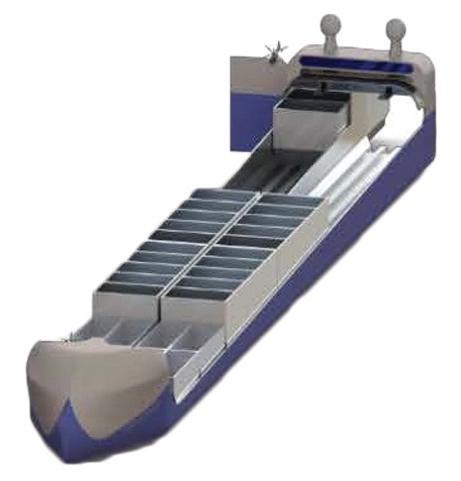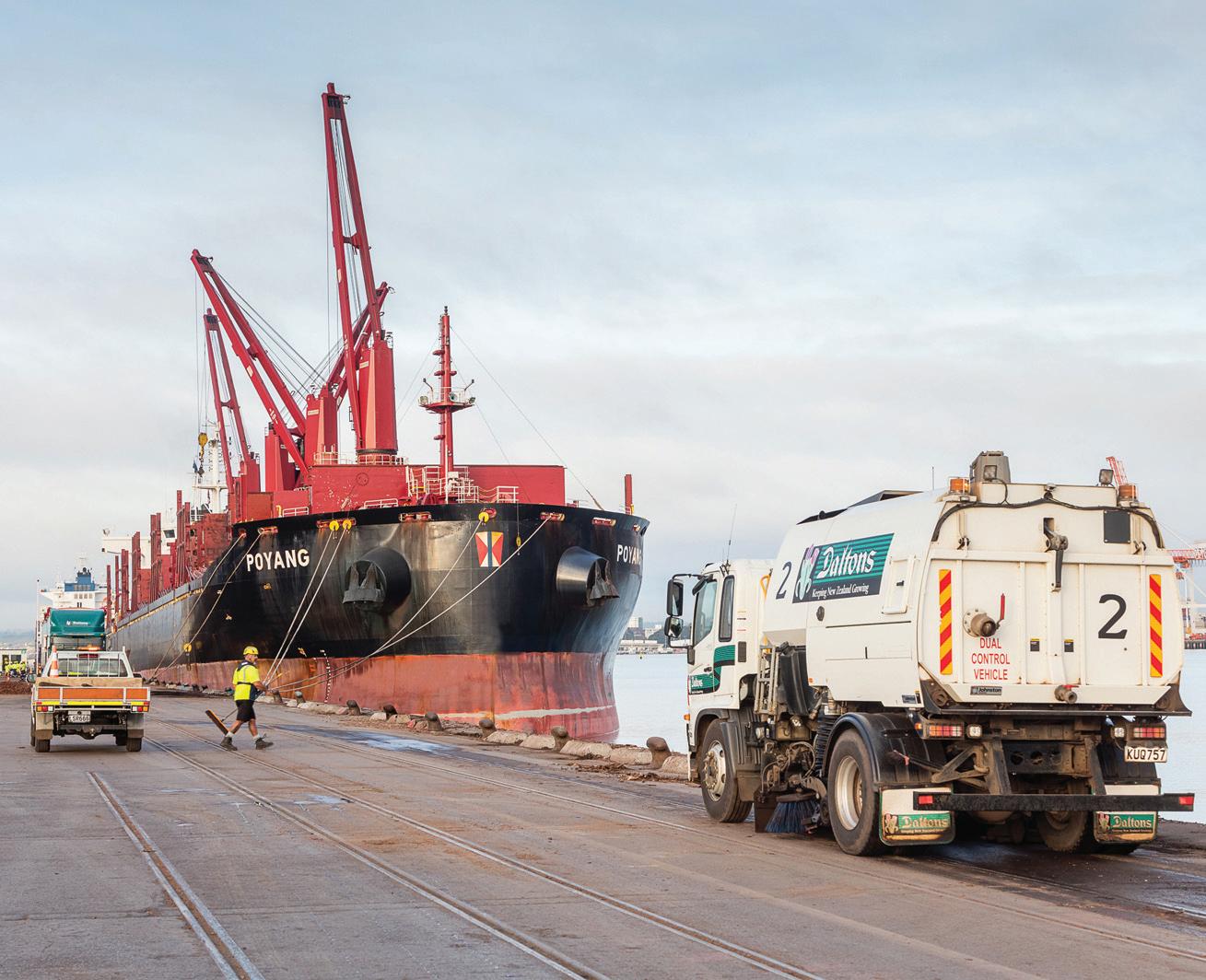OPINION
DEVELOPING PORTS AS ZERO EMISSION HUBS Isabelle Ryckbost, secretary general, ESPO, shares her view on how ports can become zero emission hubs into the future In 2019, the Commission published its Green Deal, setting out the ambition for Europe to become carbon neutral by 2050. The message was clear: To reach this target all sectors of the economy would have to contribute. With transport accounting for a quarter of the Union's greenhouse gas emissions, making transport more sustainable is certainly one of the areas to focus on. The Green Deal seeks a 90% reduction in GHG in transport by 2050. Already in the written and oral communication and promotion material for the Green Deal, the need to reduce pollution in EU ports was explicitly mentioned as part of this. Over the last year, the concept of “zero pollution ports” or “green ports” has been included in different Parliament amendments and has repeatedly been used by Commission officials, both formally and informally. At the time of writing this article, we are awaiting the publication of the new Sustainable and Smart Mobility Strategy, which is the follow-up to the 2011 Transport White Paper. But we do not have to see the text of this new strategy to know what the Commission has in mind.
This year’s report for instance puts the finger on a decline in the number of ports having an environmental training programmes for employees The words of Transport Commissioner Adina Vălean during the virtual ESPO Award 2020 left no doubt; “Ports should aim to become zero-emission hubs both in their operations as in the wider range of their activities”. In that context, the Commissioner mentioned energy production and industrial activities in the port, referred to the greening of cargo and making better use of intermodality on top of the need for alternative fuels for shipping. These elements will all be part of the forthcoming new Sustainable and Smart Mobility Strategy. Are Europe's ports ready to become zero-emission hubs? What will, or should, this imply? Is there a need for a European Strategy on this and if so, what should be part of it? ENVIRONMENTAL AMBITION The idea of becoming a “Green Port” is not new at all and gave already its name to this magazine, so many years ago. The environmental engagement of Europe's ports has always been high. The environmental Code of Practice of 1993 was ESPO's first real output. Most, if not all, European ports are aware that environmental sustainability is one essential condition for their licence to operate and grow. As mission-driven entities, port managing bodies seek to combine economic and general interest objectives, which often identifies them as “hybrid”. The environmental ambition of Europe's ports has many different faces though, depending on the port activities, the geographical situation and location, the role and responsibility of the port managing body, the size and financial ability of the
28 | WINTER 2020/21
8 Isabelle Ryckbost
port, to names some. There is no one type of port. Crucially, the commitment to environmental management must be shared not only by port authorities, but also by all other stakeholders in the port ecosystem and port region. A good indicator of the ports environmental engagement is the EcoPorts network which exists for almost 30 years and gathers ports that proactively seek to improve their environmental performance and management. Not only is the network continuously growing, the number of ports obtaining the port specific environmental certification, the PERS, is also increasing. In November 2020, ESPO published its fifth environmental report based on the EcoPorts data. The report, which is discussed in this Greenport edition, monitors a set of indicators over time. It shows how among other things, how ports are monitoring a wide range of externalities, how they progress in providing on shore power supply and LNG refuelling facilities, how they communicate and show transparency about their environmental performance. Not all is rosy, the report also reveals the critical points to work on. This year's report for instance puts the finger on a decline in the number of ports having an environmental training programmes for employees. PORT ENGAGEMENT Monitoring progress and showing transparency is, albeit important, only one part of ports' engagement. Many ports in Europe have set or are setting out strategies to green their own operations and/or push the stakeholders in the ecosystem on the greening pathway. Starting with the biggest, the Port of Rotterdam works towards achieving a carbon-neutral and circular port in three
For the latest news and analysis go to www.greenport.com/news101












